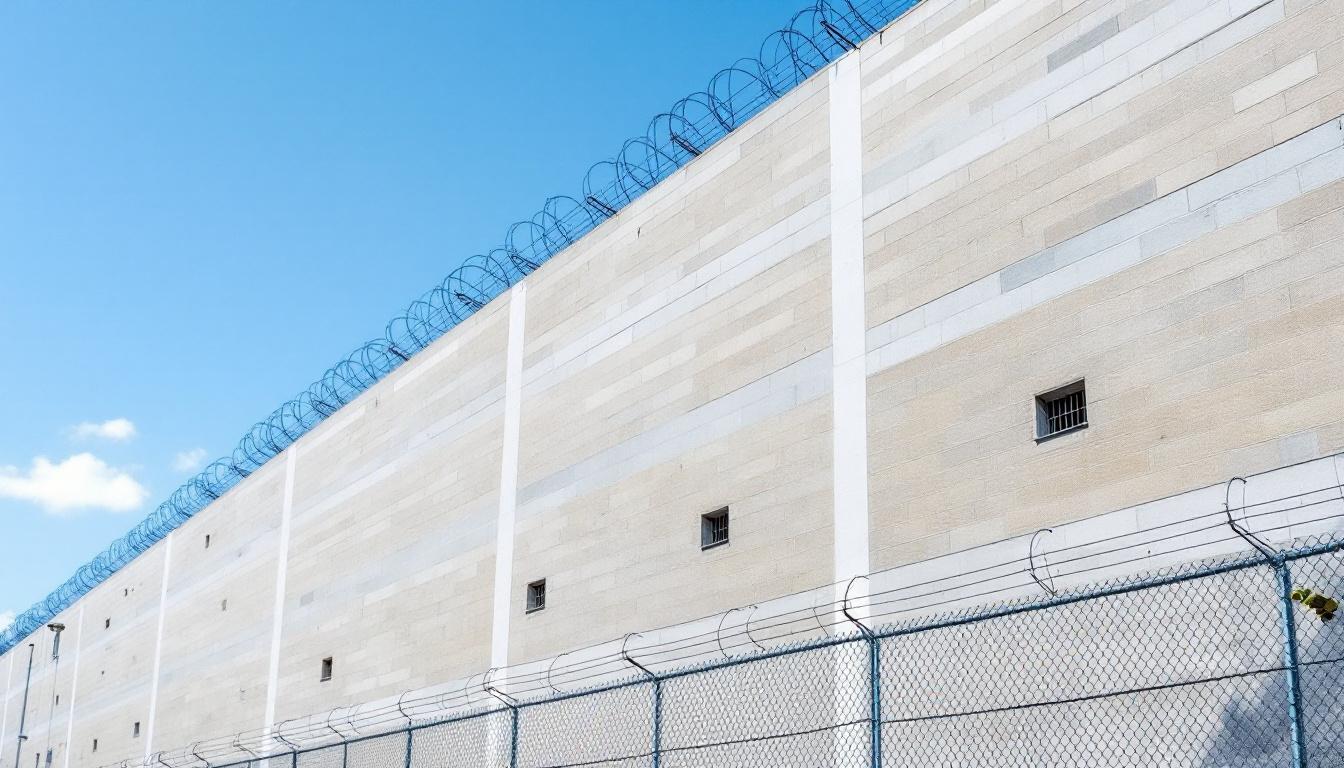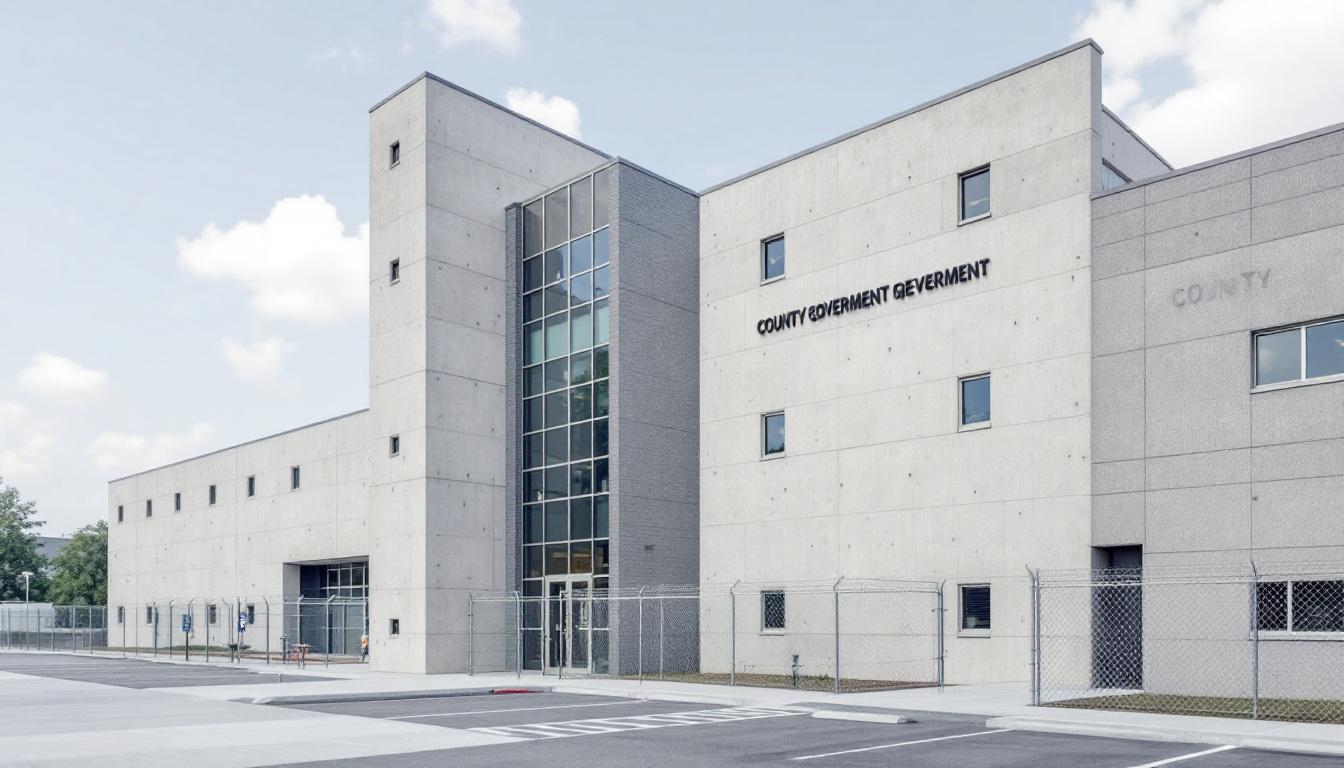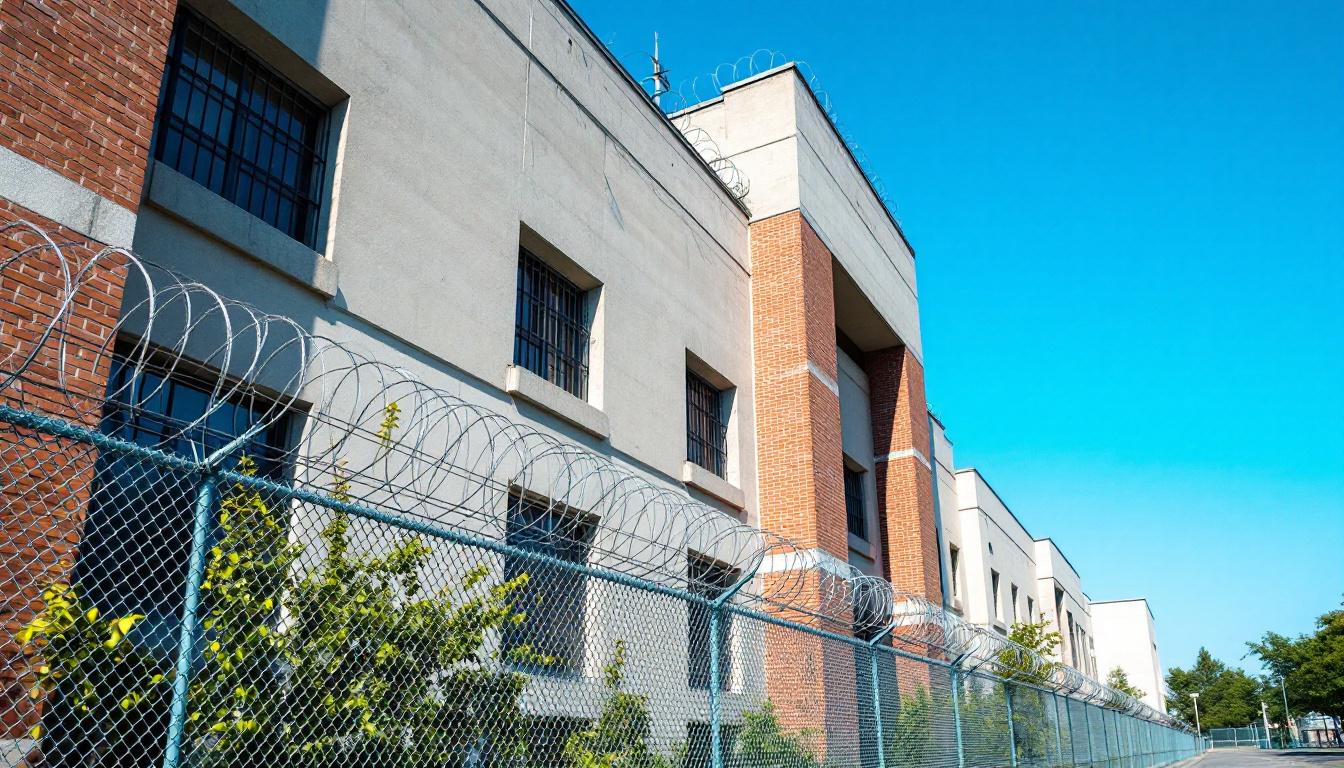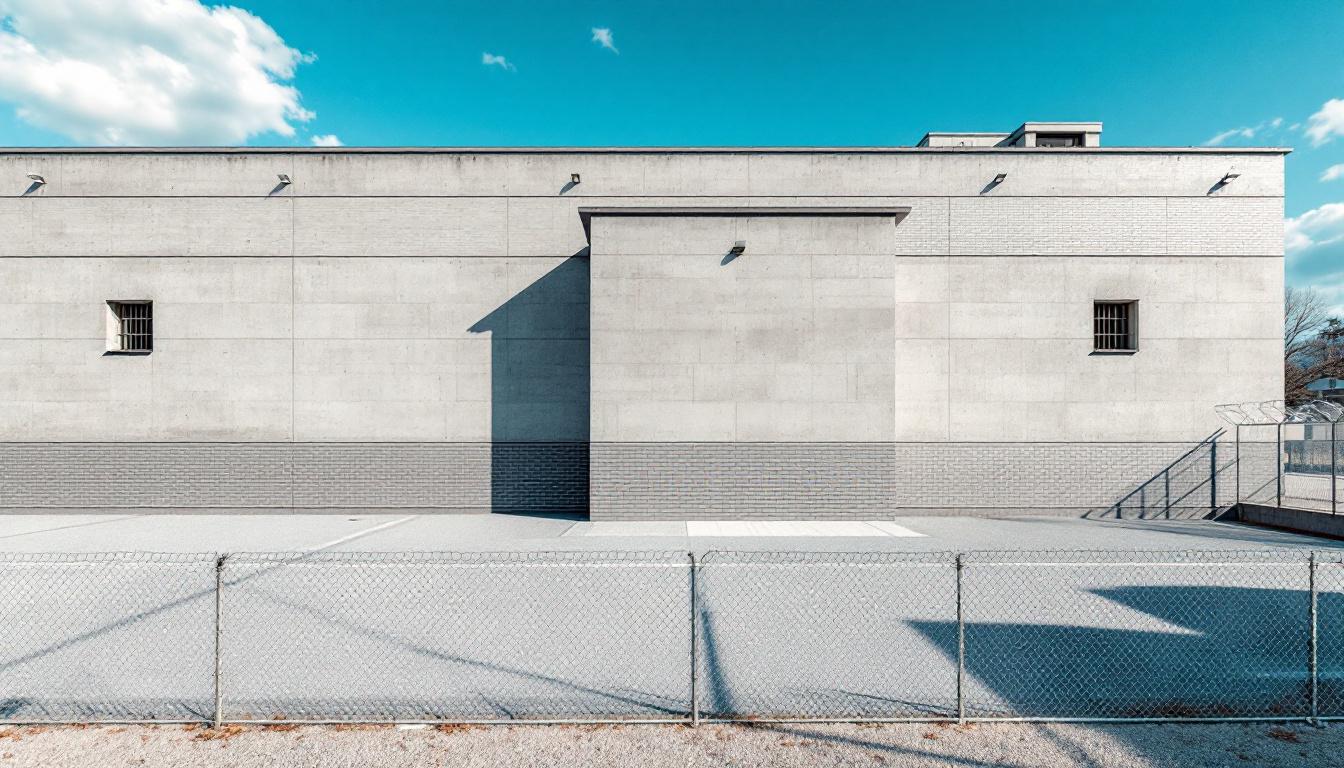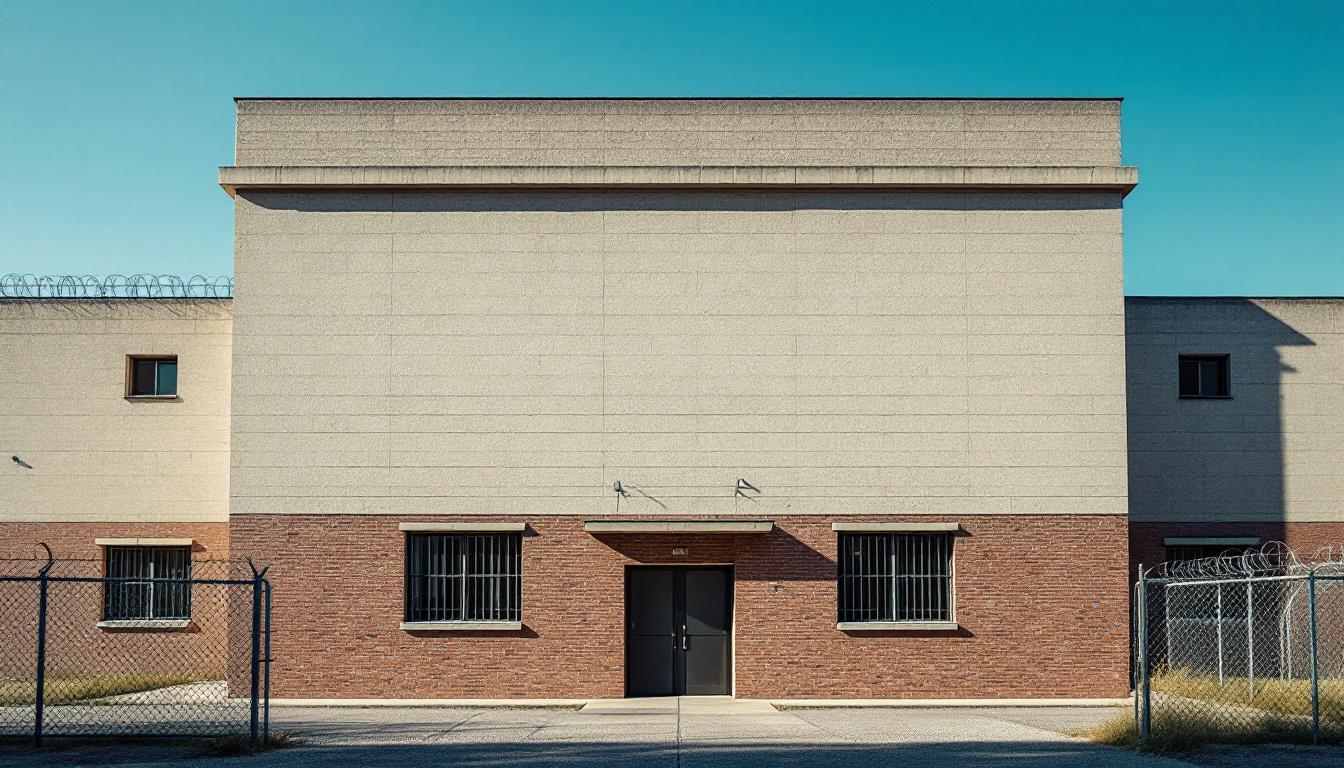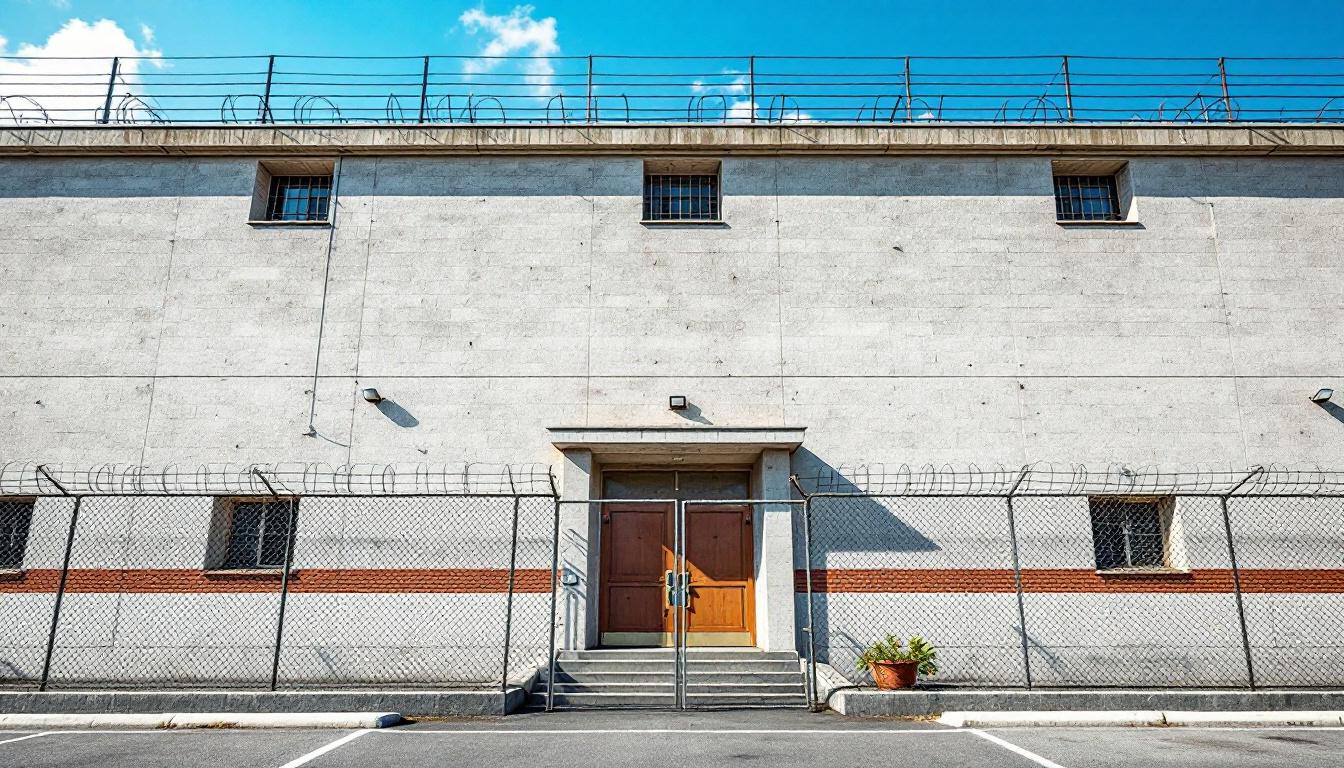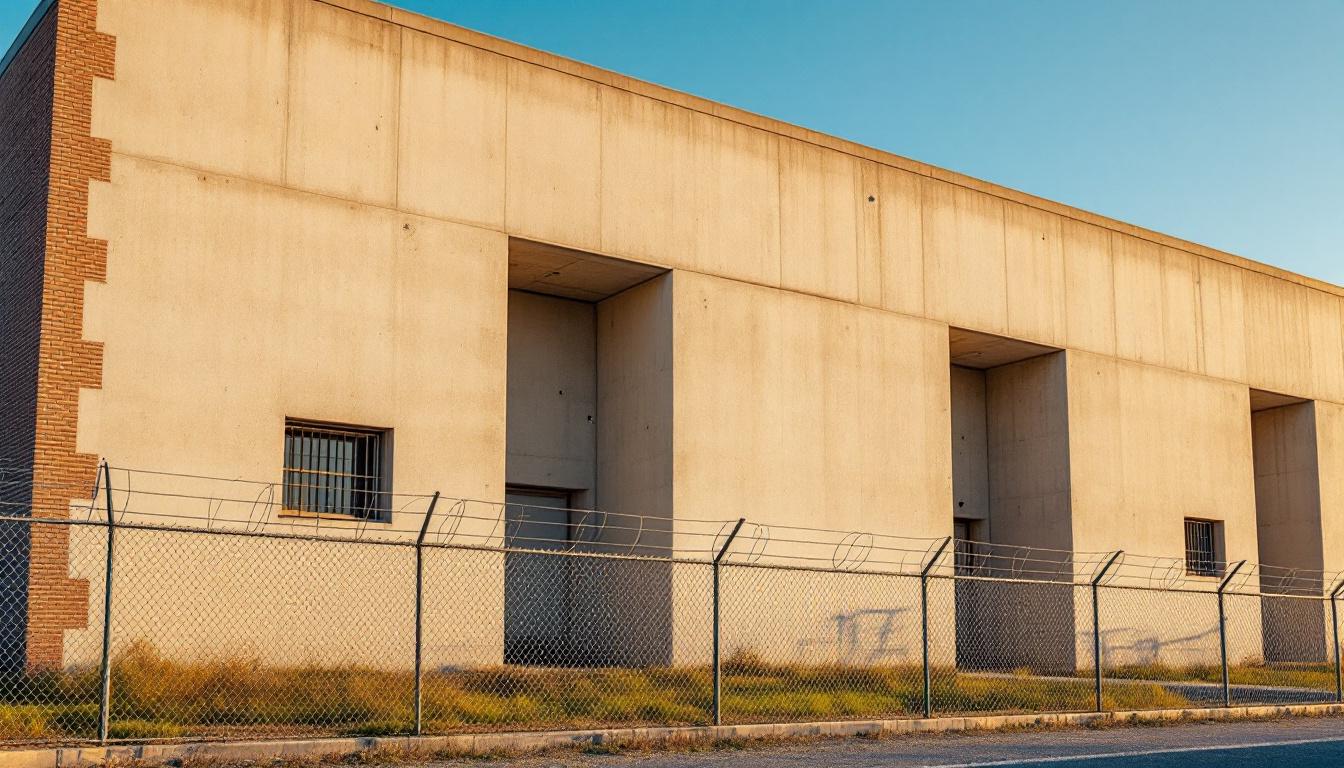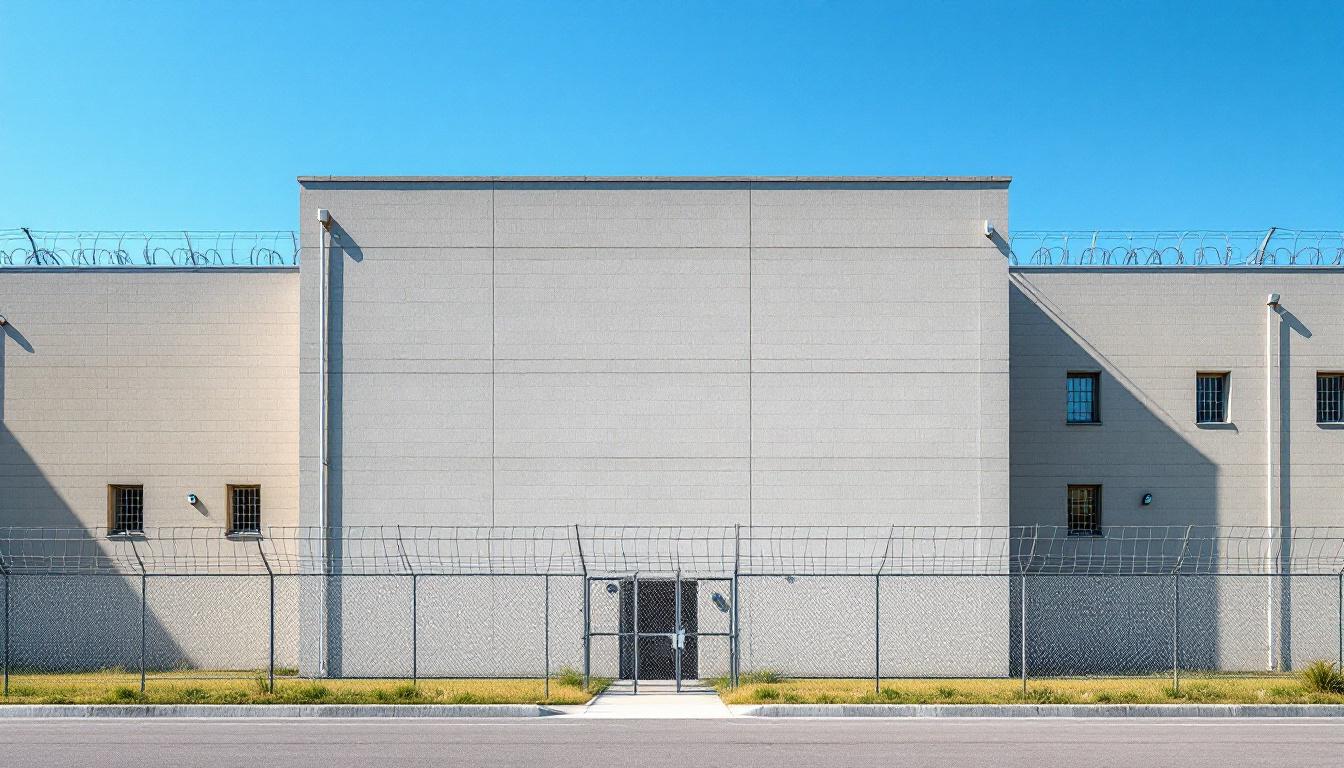
Quick Navigation
How to contact an inmate at Gregg County Sheriff’s Office
This comprehensive guide will walk you through how to connect with an inmate at Gregg County Sheriff’s Office. Follow the steps below to find an inmate and send letters and photos:
- Search for the inmate using our search tool below
- Create your account or log in to Penmate
- Write your message (up to 6,000 characters)
- Send instantly - inmates receive printed copies daily
Find an Inmate
Search for an inmate to start communicating today
Tip: You can search by first name, last name, or inmate ID number
To contact a person at Gregg County Sheriff’s Office start by searching for the person on the official facility website. Perform a search by following these steps:
- Step 1: Enter their first name and last name into the search form and click "Search"
- Step 2: Locate their inmate record
- Step 3: Write down their Inmate ID and any housing information provided
Important! Be sure to enter the person's full name. Nicknames should not be used.
How to Send Messages to Inmates

You can use your phone or computer to send emails, letters, and photos to an inmate. Messages are sent electronically to inmate tablets or kiosks at the facility. If you would like to send a message, start by searching for an inmate at Gregg County Sheriff’s Office.
Sending Photos and Postcards

A great way to send love and support to a loved one at Gregg County Sheriff’s Office is to send photos and postcards. It only takes a few minutes to send photos from your phone and it makes a huge difference. You can also mail postcards with words of support and inspiration, or design your own postcard for special moments like birthdays and holidays.
Important! Be sure not to send any explicit photos or they may not be approved by the facility. You can also use a photo printing app like Penmate to make sure your photos are printed at the correct size (4x6 or 3x5) and are mailed according to the rules and regulations of Gregg County Sheriff’s Office.
Frequently asked questions about Gregg County Sheriff’s Office
-
How long does it take to deliver a message?
If you're sending an email message your letter is usually delivered within 24-48 hours. For messages sent via mail you should expect delivery within 3-7 days. All messages will need be approved by Gregg County Sheriff’s Office.
-
How much does it cost to send a message to Gregg County Sheriff’s Office?
You can send a message free using your phone or mail a message via USPS for the price of a $0.60 stamp and envelope. You can also purchase credits or e-stamps from services starting at $1.99.
-
What services can I use to contact an inmate at Gregg County Sheriff’s Office?
Penmate
You can use Penmate to send letters and photos to an inmate from your phone. It's an easy way to stay in touch during your loved one's incarceration. Use the inmate locator to find an inmate's location and contact information, then you can send messages within a few minutes.
Securus messaging
Securus may be another option for communicating with an inmate at Gregg County Sheriff’s Office. You can create a friends and family account and purchase credits to send messages. All messages will be reviewed and must be approved by the facility.
JPay
Some county jails and state prisons may support sending messages with JPay. You must register an account with the system, find your loved one, and purchase stamps to send messages. For some locations you can also attach photos.
Smart Jail Mail
You may also check if Smart Jail Mail is available at Gregg County Sheriff’s Office. Smart Jail Mail is operated by Smart Communications and has contracted with some state and county jails. After purchasing credits, your messages and photos are sent to the facility, printed out, and then handed out to your loved one.
-
What is the mailing address of Gregg County Sheriff’s Office?
Mailing address:
Gregg County Sheriff’s Office
101 E Methvin St
Longview, TX 75601
Phone: (903) 236-8400Business hours:
- Monday: Open 24 hours
- Tuesday: Open 24 hours
- Wednesday: Open 24 hours
- Thursday: Open 24 hours
- Friday: Open 24 hours
- Saturday: Open 24 hours
- Sunday: Open 24 hours
-
What are the visiting hours at Gregg County Sheriff’s Office?
Visiting hours at Gregg County Sheriff’s Office vary by housing unit and security level. Generally, visits are scheduled on weekends and holidays, with some facilities offering weekday visits. Contact the facility directly at (903) 236-8400 or check their website for the current visiting schedule. Visits typically last 30-60 minutes and must be scheduled in advance.
-
What items are prohibited when sending mail to Gregg County Sheriff’s Office?
Prohibited items typically include: cash, personal checks, stamps, stickers, glitter, glue, tape, staples, paperclips, polaroid photos, musical or blank greeting cards, hardcover books, magazines with staples, and any items containing metal or electronics. Only send letters on plain white paper with blue or black ink. Photos must be printed on regular photo paper (no Polaroids). Always check with Gregg County Sheriff’s Office for their specific mail policies.
-
How do I send money to an inmate at Gregg County Sheriff’s Office?
You can send money to an inmate at Gregg County Sheriff’s Office through several methods: 1) Online using JPay, Access Corrections, or the facility's approved vendor, 2) Money orders mailed directly to the facility with the inmate's name and ID number, 3) Kiosks located in the facility lobby, or 4) Over the phone using a credit or debit card. Fees vary by method, typically ranging from $2.95 to $11.95 per transaction.
-
Can I schedule a video visit with an inmate at Gregg County Sheriff’s Office?
Many facilities now offer video visitation as an alternative to in-person visits. At Gregg County Sheriff’s Office, video visits may be available through services like Penmate, Securus Video Connect, GTL, or ICSolutions. Video visits typically cost $10-20 for 20-30 minutes and must be scheduled in advance. You'll need a computer or smartphone with a camera and reliable internet connection. Contact the facility for their specific video visitation policies and approved vendors.
-
What identification do I need to visit an inmate at Gregg County Sheriff’s Office?
All visitors must present valid government-issued photo identification such as a driver's license, state ID, passport, or military ID. Minors must be accompanied by a parent or legal guardian who can provide the minor's birth certificate. Some facilities require visitors to be on the inmate's approved visitation list, which may require a background check. Contact Gregg County Sheriff’s Office for specific ID requirements and visitor approval procedures.
-
How can I find out an inmate's release date?
To find an inmate's release date at Gregg County Sheriff’s Office, you can: 1) Use the online inmate search tool if available, 2) Call the facility's records department, 3) Contact the inmate's case manager or counselor, or 4) Have the inmate provide this information during a call or visit. For privacy reasons, some facilities only release this information to immediate family members.
Facility Overview
Contact Information
Gregg County Sheriff’s Office101 E Methvin St
Longview, TX 75601
Phone: (903) 236-8400
Official Website
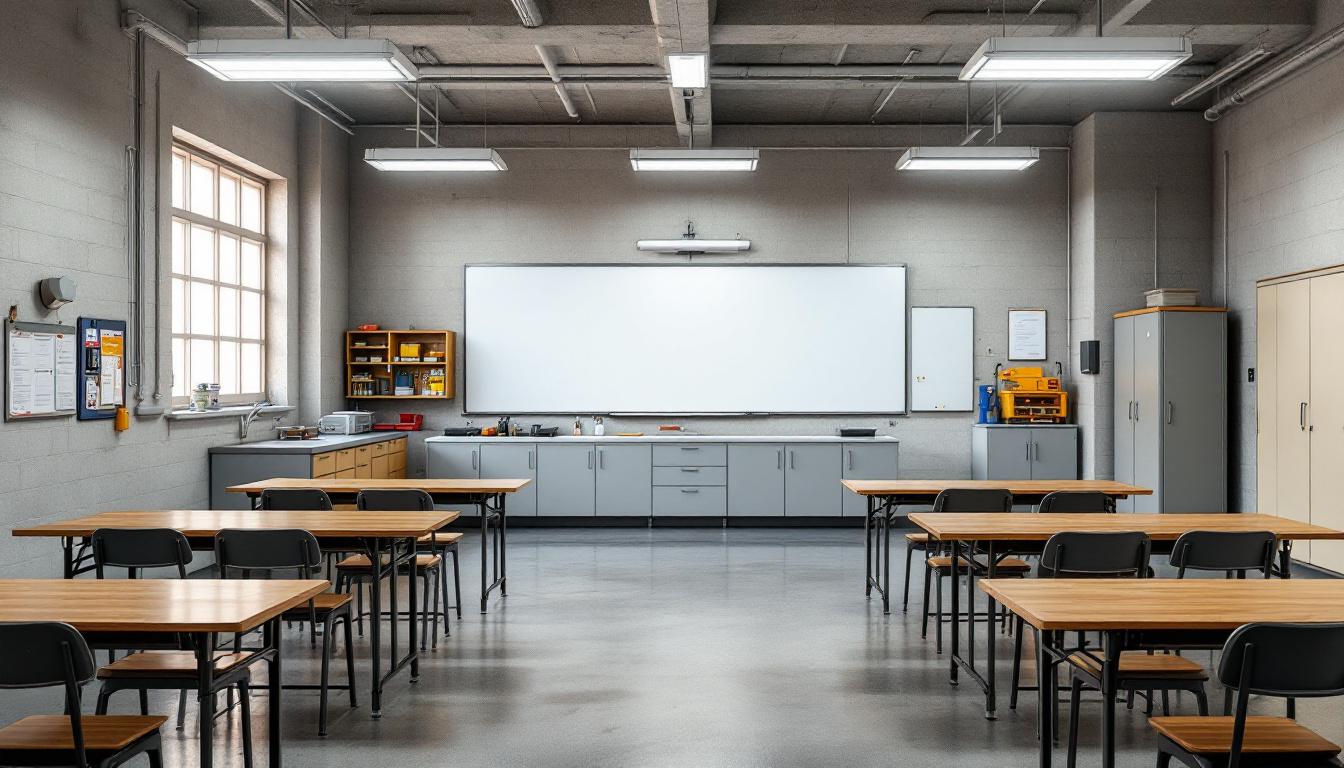
About Gregg County Sheriff’s Office
Correctional facilities within Texas's expansive justice system serve as critical components in maintaining public safety while addressing rehabilitation needs, and the Gregg County Sheriff's Office operates such a facility that plays an integral role in East Texas's correctional landscape. Located in Longview, this TX correctional facility serves the population services throughout Gregg County and surrounding areas, functioning as both a detention center for individuals awaiting court proceedings and a holding facility for those serving shorter sentences within the regional justice framework.
The facility's position in Longview places it strategically within East Texas's network of correctional institutions, where it typically coordinates with state and local agencies to manage offender populations and support judicial processes. As part of Texas's broader correctional system, the facility generally maintains standards consistent with state regulations while addressing the specific needs of the local community it serves. The operation typically encompasses various administrative functions, from intake procedures to case management, ensuring that individuals within the system receive appropriate classification and supervision during their time in custody.
Programs and services at the facility may include basic educational opportunities, substance abuse counseling, and work assignments that help maintain facility operations while providing skill development. The correctional facility often emphasizes preparation for community reintegration, recognizing that many individuals will eventually return to Gregg County and surrounding East Texas communities. Through coordination with local social services and community organizations, the facility typically works to connect individuals with resources that may support successful transitions back into society, contributing to broader public safety goals throughout the region.
Programs & Services
Through comprehensive programming designed to address the diverse needs of the population, support is delivered across multiple dimensions of personal development and community reintegration. The facility typically operates under a philosophy that recognizes rehabilitation as a collaborative process requiring both individual commitment and structured guidance. Programs are often designed to build essential life skills while fostering connections that extend beyond incarceration, creating pathways for sustainable reentry into the community.
Educational opportunities may supply the foundation for long-term success through college correspondence courses that allow participants to pursue higher education goals. These academic programs often include various subjects and degree pathways, enabling individuals to advance their knowledge while maintaining their studies during their time at the facility. Also available are vocational training programs that typically focus on developing marketable job skills in trades and technical fields. Such training may supply hands-on experience and certifications that enhance employment prospects upon release.
Support services encompass a broad range of initiatives designed to strengthen personal relationships and community ties. Work programs often provide practical experience while contributing to facility operations, helping participants develop workplace skills and responsibility. Faith-based initiatives may supply spiritual guidance and community support for those seeking such resources. Also offered are programs focused on healthy relationships, which typically address communication skills and conflict resolution strategies. Peer support groups often create opportunities for shared experiences and mutual encouragement, while family reunification services may supply structured approaches to rebuilding and maintaining family connections that are essential for successful reintegration.
Daily Life & Visitation
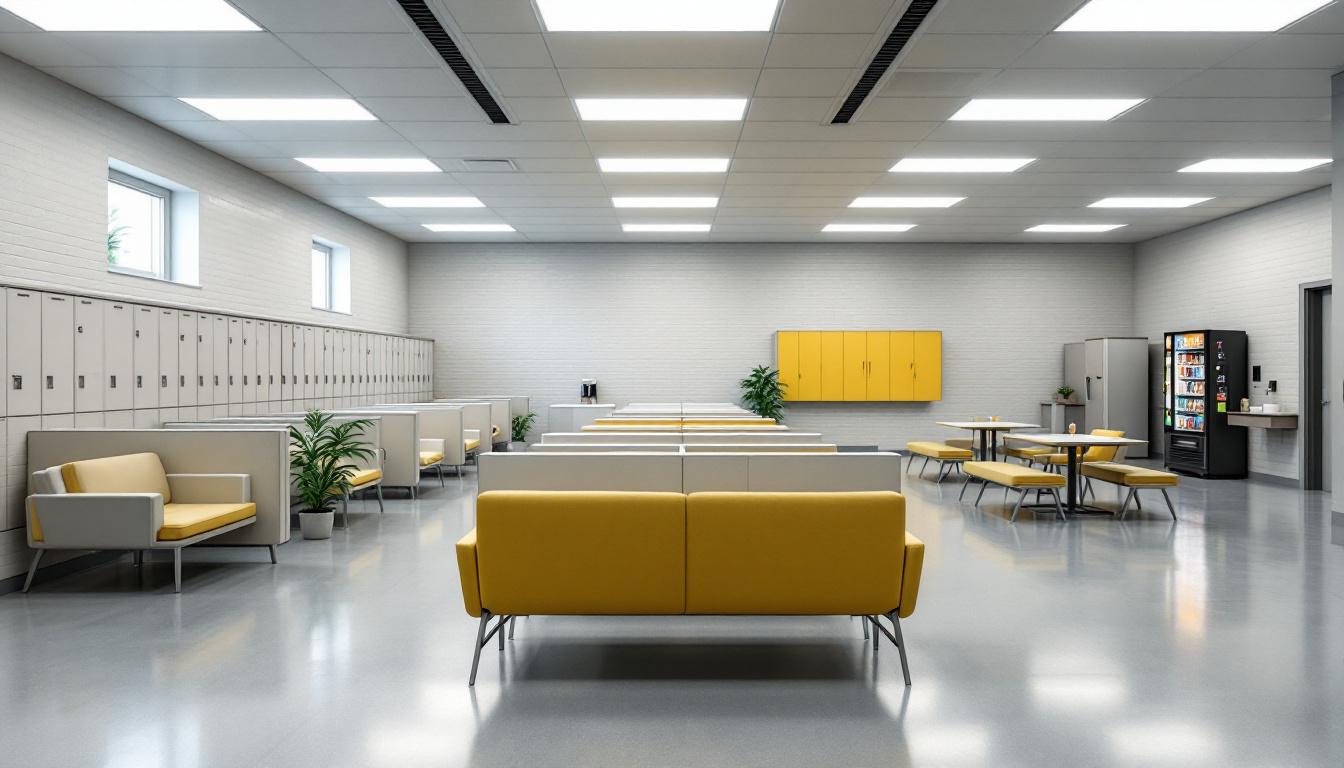
Organizational protocols and established routines shape every aspect of life within the Gregg County Sheriff's Office detention facility, creating a structured environment that currently governs the daily experiences of the population. The facility continues to operate under clearly defined schedules that typically begin with early morning counts and meal service. Housing assignments generally follow security classifications, with the population distributed across various housing units based on factors such as charges, behavior, and individual needs. Daily routines usually include scheduled meal times, recreation periods, and structured activities that supply consistency and order throughout the facility.
Living accommodations within the facility typically consist of dormitory-style housing or individual cells, depending on the housing unit assignment. The population generally shares common areas for meals, which are usually served in designated dining areas at scheduled times throughout the day. Personal property allowances may include basic hygiene items and limited personal belongings, while commissary services often provide additional items for purchase. Also, the facility typically maintains specific protocols for personal hygiene and medical care, ensuring that basic needs are addressed within the structured environment.
However, daily life extends beyond basic routines to include various programming opportunities and family connections. Recreation and exercise periods usually supply physical activity options, which may include outdoor time when weather and security considerations permit. Work assignments within the facility often provide the population with structured activities such as kitchen duties, cleaning responsibilities, or maintenance tasks. Visitation policies typically allow for scheduled visits with family members and approved visitors, while communication options may include telephone access and correspondence. Also, the facility generally offers programming schedules that might include educational opportunities, religious services, or counseling sessions, all designed to supply meaningful structure during the period of incarceration.
Ready to Connect?
Start communicating with your loved one today
Search for an Inmate
